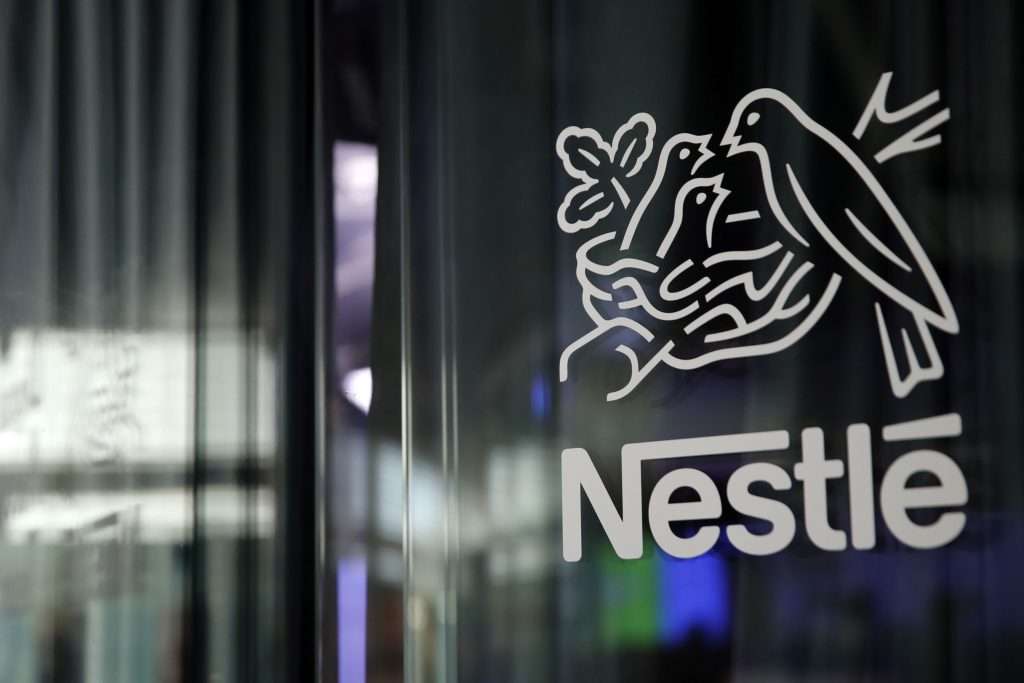Nestle Targets Weight-Loss Drug Users with New Food Brand
Introduction
Nestle is stepping into a new frontier in the food industry with its latest venture, targeting consumers using weight-loss drugs. The company’s new food brand, Vital Pursuit, focuses on delivering high-protein and high-fiber meals designed to cater to the specific dietary needs of individuals taking appetite-suppressing medications. This strategic move highlights Nestle’s innovative approach to addressing emerging market demands while navigating regulatory complexities.
Nestle’s Strategic Move
In an interview with Reuters, Tom Moe, Nestle USA’s president of meals, emphasized that the company is steering clear of directly naming the medications on the packaging due to regulatory concerns. Instead, the promotion of Vital Pursuit’s $5-and-under frozen meals will be carried out primarily through social media channels. Moe stated, “We won’t directly make the connection (to the drugs) on the food package.”
Nestle’s decision to avoid explicitly mentioning drugs like Novo Nordisk’s Wegovy and Ozempic reflects the broader uncertainty food companies face as they develop products tailored for those using appetite-suppressing medications.
Understanding GLP-1 Agonists
GLP-1 agonists, the active ingredients in popular weight-loss medications such as Wegovy and Ozempic, have significantly impacted food consumption patterns. These medications work by suppressing appetite, which can lead to reduced food intake and weight loss. However, this also presents a challenge for food manufacturers, particularly those in the snack and fast-food sectors, as these users often cut back on their consumption.
The Launch of Vital Pursuit
Scheduled for launch this autumn, Nestle’s Vital Pursuit line will feature a variety of frozen meals, including fajita melts and pizzas. These products are crafted to meet the nutritional needs of weight-loss drug users, focusing on high protein and fiber content. By offering affordable, convenient meal options, Nestle aims to capture a significant share of this growing market.
Competitors in the Market
Nestle is not alone in this endeavor. Several companies are already making specific claims about their products’ suitability for individuals on these medications. For instance, Biocare offers a drink priced at $4.50 per serving, claiming to alleviate side effects such as nausea, which are common among users of semaglutides. Similarly, Herbalife markets a bundle of shakes for $185.10, designed to meet the nutritional needs of those on “the shot,” a colloquial term for these injectable drugs.
The Importance of Protein and Fiber
Healthcare professionals advise individuals using GLP-1 medications to maintain a balanced diet rich in protein to sustain energy levels and prevent muscle loss. Despite the gastrointestinal side effects often associated with these drugs, maintaining adequate protein intake is crucial.
Retailers and manufacturers are capitalizing on this advice by developing and marketing products specifically for this demographic. For example, GNC has created sections in its stores dedicated to GLP-1 users, featuring protein powders and fiber supplements.
Navigating Regulatory Challenges
One of the key challenges Nestle faces is adhering to regulatory guidelines while marketing its new food brand. By avoiding direct references to weight-loss drugs on Vital Pursuit packaging, Nestle protects itself from potential regulatory scrutiny. Moe explained, “We’re not a medication, we’re a food product.” Referring to these drugs on packaging could imply health claims that are regulated by the US Food and Drug Administration (FDA).
Lauren Handel, a food attorney, highlighted the complexity of this regulatory landscape. “It’s a tricky area where you’d want to be careful about what you say. The safest course of action is not to mention any drugs,” she advised.
Advertising Strategies
The caution exercised by Nestle extends to its advertising strategies. While the company avoids making explicit connections between its products and weight-loss medications, it can still highlight the suitability of its meals for individuals on a diet. In contrast, some companies, like Herbalife, take a more direct approach. Herbalife’s Facebook page explicitly addresses GLP-1 users, promoting its “GLP-1 Companion Pack.”
Leveraging Social Media Influencers
Other companies have turned to social media influencers to market their products to GLP-1 users. For instance, Robard Corp, the maker of Biocare, collaborates with influencers who use GLP-1s to promote its products. Ashley Dunham, an influencer from Jacksonville, Florida, praised Biocare in a TikTok video, describing it as an “absolute game changer” for maintaining her weight after significant weight loss.
Market Potential and Future Developments
The potential market for products catering to weight-loss drug users is substantial. Companies like Coca-Cola and Danone are also promoting products with low sugar or high protein content, appealing to this demographic. Coca-Cola’s Fairlife shakes, which contain up to 42 grams of protein, have gained popularity among GLP-1 users on social media.
Healthy Choice, a brand by Conagra Brands, similarly avoids mentioning specific drug names on its packaging. Instead, the company emphasizes the high protein and fiber content of its meals. Megan Bullock, Conagra’s director of strategic insights, noted that naming the drugs might deter non-users from purchasing these products.
Educating Consumers
Kelli Frias, a marketing professor at American University, pointed out that consumers often lack clear guidance on what to eat while on these medications. Food companies are stepping in to fill this knowledge gap, helping consumers make informed choices about their dietary needs.
Conclusion
Nestle’s introduction of Vital Pursuit represents a strategic and cautious entry into the niche market of weight-loss drug users. By focusing on high-protein, high-fiber meals and navigating regulatory concerns carefully, Nestle is positioning itself as a leader in this emerging sector. As the market for GLP-1 medications continues to grow, so too does the opportunity for food companies to innovate and meet the unique dietary needs of this consumer base.
Related: Nestlé Reaches Breakthrough on Strike




